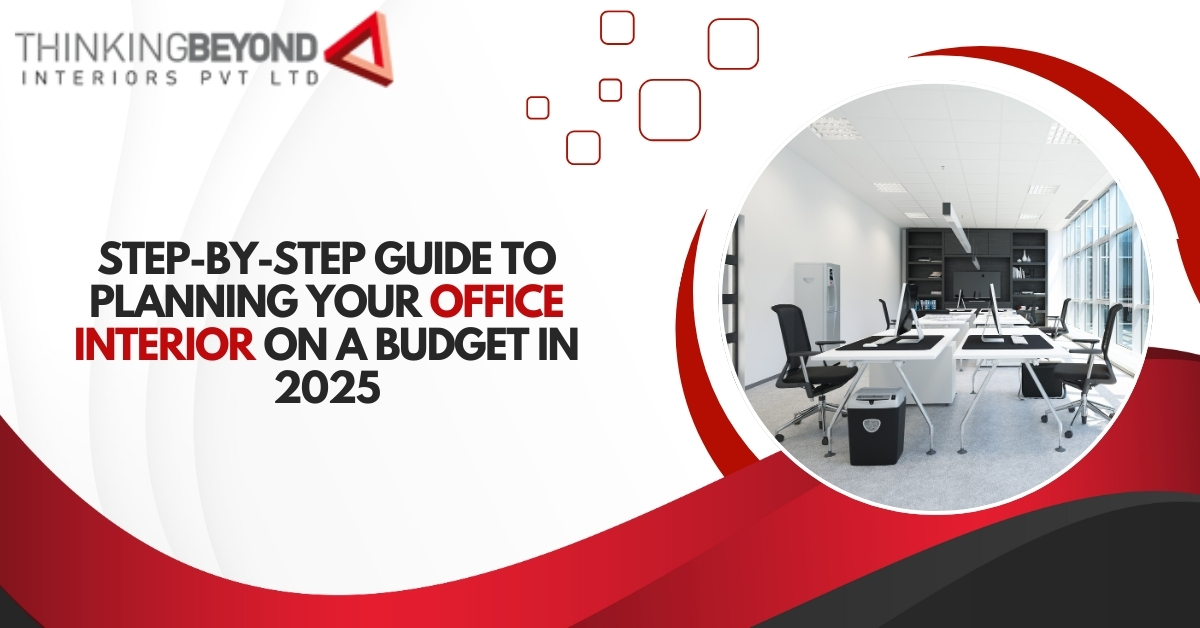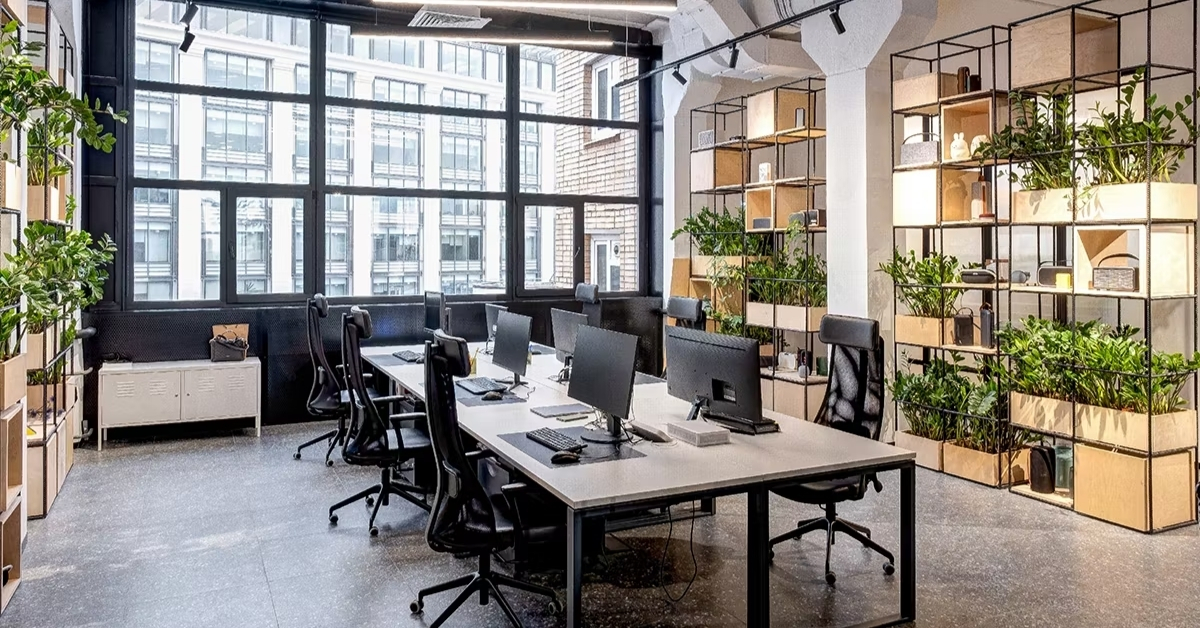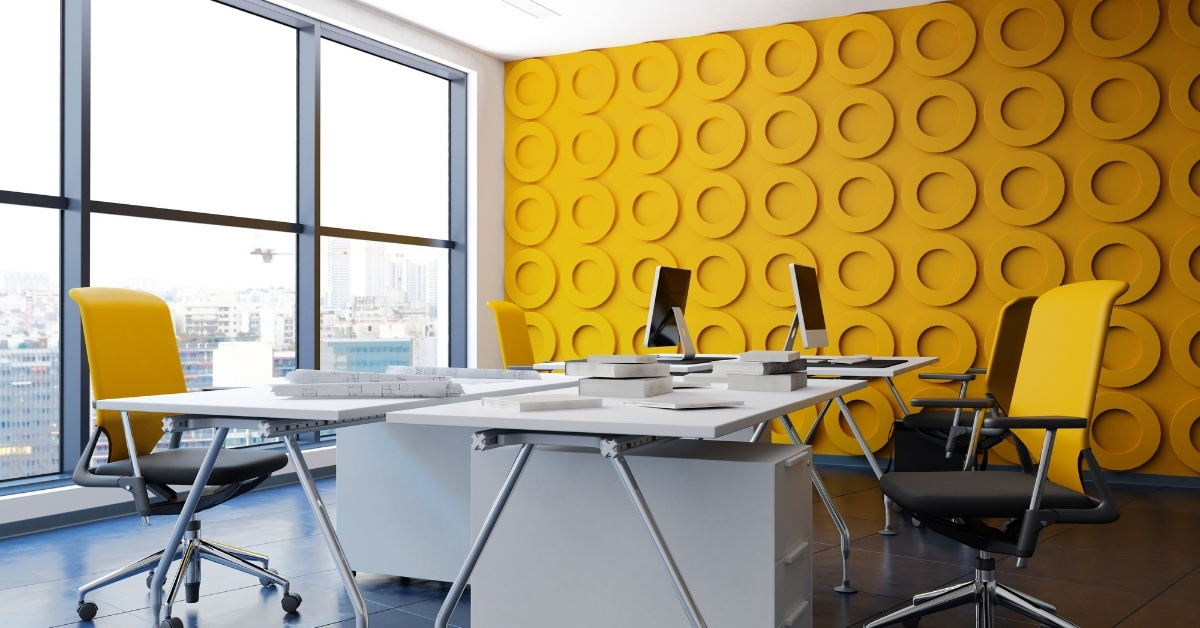
Office interior design plays a critical role in shaping productivity, creativity, and the overall work culture of any organization. A well-designed workplace reflects the brand’s values, motivates employees, and creates a lasting impression on clients. However, many business owners assume that designing or redesigning an office requires a huge investment. The reality is that with careful planning, creativity, and the right guidance, you can achieve a modern and functional office interior without breaking the bank.
Step 1: Define Your Budget Clearly
Before diving into design ideas, the first step is to establish a clear budget. This involves not only knowing how much you can spend but also allocating amounts to different elements such as furniture, lighting, flooring, wall treatments, and décor. In 2025, many interior designers recommend setting aside at least 10–15% of your budget for unforeseen expenses. By having a well-defined budget, you ensure that your project remains under control and you avoid overspending on unnecessary items.
Step 2: Assess Space and Needs
Every office is different, and before planning the interior design, you need to carefully assess the size, layout, and purpose of your workspace. For example, a creative agency might require open collaborative spaces, while a law firm may prioritize private cabins and meeting rooms. Take note of existing furniture and materials that can be reused, repurposed, or upgraded instead of buying everything new. By evaluating the needs of your employees and the functions of different zones in the office, you can design a space that is both practical and cost-effective.
Step 3: Choose a Functional Layout
The layout is the backbone of any office design. In 2025, trends show a balance between open spaces for collaboration and quiet zones for focused work. Instead of expensive cubicles or partitions, consider flexible furniture and modular layouts that can adapt to different needs. Placing desks strategically to maximize natural light also reduces the need for artificial lighting, lowering long-term costs. A well-planned layout ensures smooth movement, better use of space, and reduced expenditure on unnecessary structural changes.
Step 4: Prioritize Essential Furniture
Furniture is often the most expensive part of an office interior, but it is also where functionality matters the most. Instead of opting for designer pieces, focus on ergonomic chairs and durable desks that provide comfort and last longer. In 2025, many startups and businesses are sourcing affordable yet stylish furniture from local manufacturers or refurbished suppliers. Multi-purpose furniture, such as desks with storage or foldable meeting tables, can also help save both space and money.

Step 5: Use Smart and Affordable Materials
Materials such as flooring, wall paint, and partitions often take up a big portion of the budget. To save costs, consider cost-effective alternatives like vinyl flooring, laminate finishes, or durable wallpapers that mimic premium textures. Neutral wall colors not only make a space look bigger and brighter but also reduce the need for frequent repainting. By combining affordable materials with a few statement elements, you can create a luxurious look without the luxury price tag.
Step 6: Optimize Lighting Solutions
Lighting is one of the most overlooked yet essential aspects of office interiors. In 2025, businesses are focusing on energy-efficient LED lighting, which reduces electricity bills and requires less maintenance. A clever way to save costs is to maximize natural light by placing workstations near windows and using glass partitions to spread light across the office. Layered lighting, such as ambient ceiling lights combined with task lamps, ensures functionality without requiring overly expensive fixtures.
Step 7: Incorporate Brand Identity
Your office should reflect your brand’s identity, and this can be done without spending excessively. Simple techniques like using your brand colors in wall paint, artwork, or upholstery can create a cohesive look. Customized wall graphics, motivational quotes, or a branded reception area can enhance the professional atmosphere while being cost-effective. In 2025, businesses are leaning towards creative yet affordable décor elements that tell their story without requiring massive investment.
Step 8: Add Greenery and Sustainable Touches
Sustainability is a growing trend in office design, and plants are an inexpensive yet effective way to enhance the workspace. Indoor plants improve air quality, reduce stress, and bring a natural feel to the office environment. Vertical gardens or small potted plants are affordable solutions that add freshness and vibrancy. Recycled materials, eco-friendly paints, and upcycled furniture are also budget-friendly choices that align with modern design values.

Step 9: Leverage Technology for Efficiency
An office in 2025 is incomplete without integrating smart technology, but this doesn’t always mean expensive gadgets. Budget-friendly solutions include energy-saving devices, motion-sensor lights, and cloud-based collaboration tools that reduce the need for large physical spaces. Smart design choices like cable management systems and charging stations ensure a clutter-free workspace. These additions improve efficiency while keeping costs under control.
Step 10: Work with the Right Interior Designer
Finally, collaborating with an experienced office interior designer ensures you get the best results within your budget. A skilled designer understands how to maximize space, recommend affordable alternatives, and avoid costly mistakes. Instead of considering design services as an extra cost, think of them as an investment that ensures long-term savings and a workspace that supports employee productivity.
Conclusion
Designing a budget-friendly office interior in 2025 is all about making smart choices and prioritizing what truly matters. From defining your budget and assessing space to choosing practical furniture, affordable materials, and energy-efficient solutions, every step contributes to creating a functional and attractive office without overspending. By incorporating brand identity, sustainability, and technology, you can design a workspace that inspires employees and impresses clients. Partnering with an expert ensures your vision is executed efficiently and within budget. Thinking Beyond Pvt. Limited has been helping businesses across India transform their offices into modern, cost-effective, and productive spaces. With the right expertise and innovative approach, they ensure that every project blends style, functionality, and budget control, making them a trusted choice for office interior design.